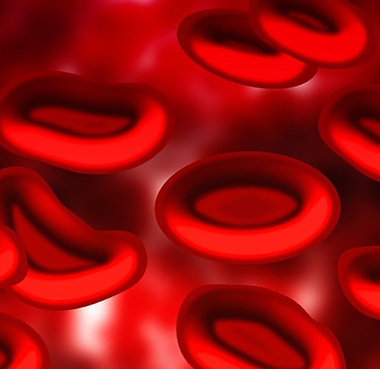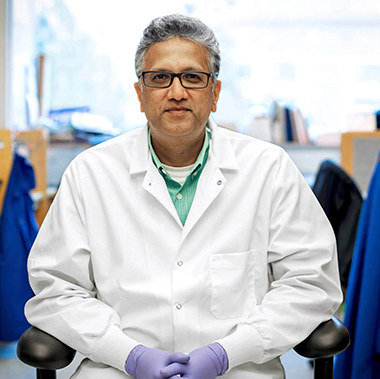

Casgevy, a cell-based gene therapy for transfusion-dependent beta-thalassemia that utilizes CRISPR/Cas9 technology, was approved by the FDA following its application through the Fast Track and Regenerative Medicine Advanced Therapy (RMAT) programs.

Casgevy, a cell-based gene therapy for transfusion-dependent beta-thalassemia that utilizes CRISPR/Cas9 technology, was approved by the FDA following its application through the Fast Track and Regenerative Medicine Advanced Therapy (RMAT) programs.

Behavioral health providers were excluded from the 2009 HITECH Act, which contributed to significant disparities in EHR adoption between mental and physical health providers. The Behavioral Health Information Technology (BHIT) Coordination Act could help remedy this, yet regulatory and societal barriers to full interoperability remain.

Gait analysis is proving to be a vital tool in elderly health care, offering insights into overall health, frailty status and early signs of disease processes. With the help of novel technology, we’re now able to capture gait and mobility beyond mere observational analysis.

Shuvo Roy, Ph.D., Professor of Bioengineering at UCSF and Technical Director of The Kidney Project, and his research partners have developed an artificial kidney constructed of semiconductor silicon wafers that remove waste and toxins from the blood and a cell therapy unit that replicates other kidney functions. Their prototype, powered entirely by blood pressure, filtered blood and created urine in a pre-clinical trial.

This week Huma Therapeutics received FDA Class II 510(k) clearance for its Software as a Medical Device (SaMD) platform, potentially speeding approval of a variety of AI and machine-learning (ML)-powered digital health devices. We spoke with Kaushik Gune, U.S. Head of Healthcare at Huma, about the current state of digital health technologies, the value of partnerships to enhance the use of real world data and how digital health is likely to advance in the coming years.

We’ve all dabbled with apps that affect various parts of our health and wellness, but never in a holistic way. This is an opportunity for the tech sector to help patients drive better health outcomes and reduce overall healthcare costs by showing them how to embark on a path of wellness. It’s just a matter of pulling it together into the right user experience.